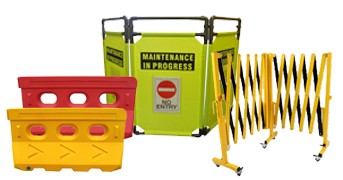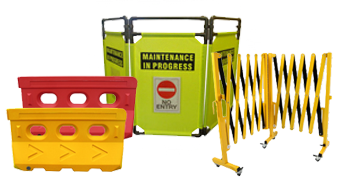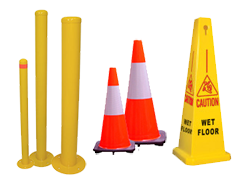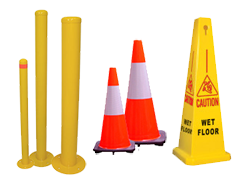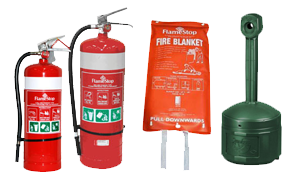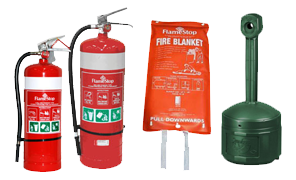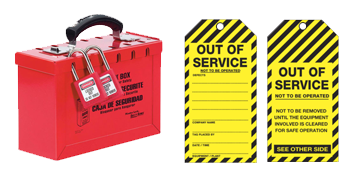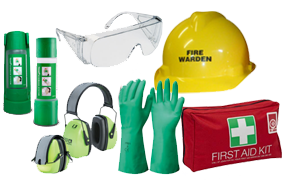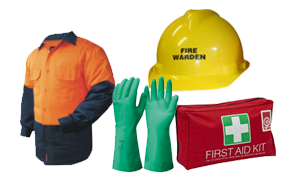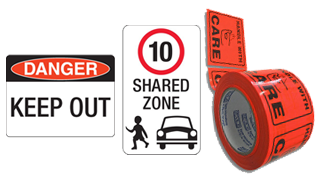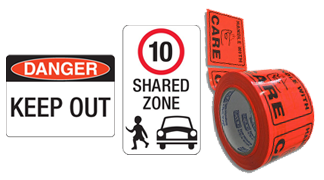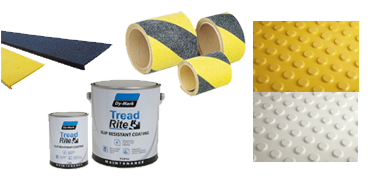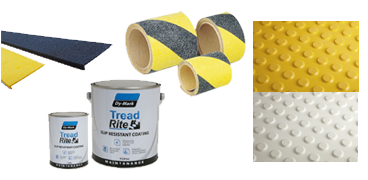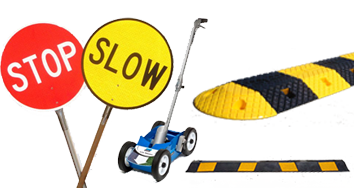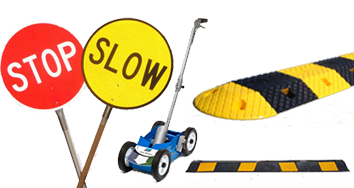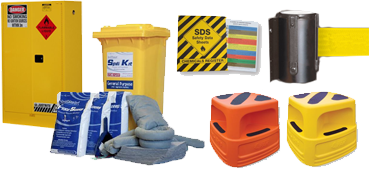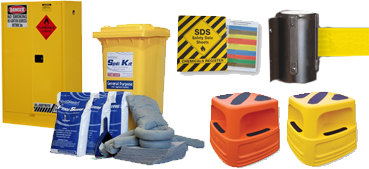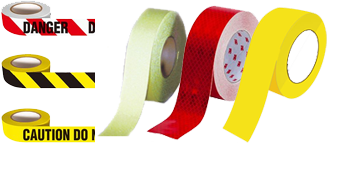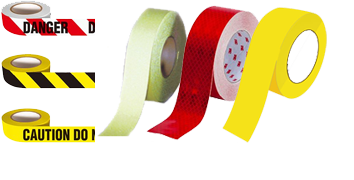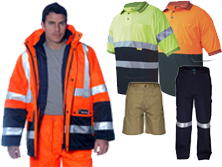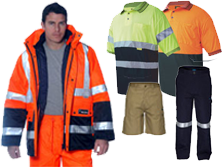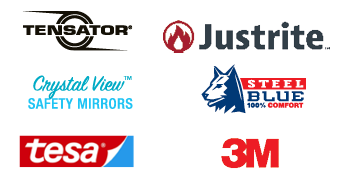What does EN388 mean?
EN388 is a European safety standard for gloves that provide protection against mechanical risks. This standard involves 6 specific tests that are designed to assess the performance of a glove and its fabric/layers. Although the EN388 standard is not an Australian Standard, since its inception it has become the benchmark in performance ratings for the glove manufacturing and safety industry.
What do the numbers on safety gloves mean?
Specific test methods, marking and information must be supplied in order for gloves to comply with EN388. This includes information on the risk of:
- Abrasion Resistance
- Circular Blade Cut Resistance
- Tear Resistance
- Puncture Resistance
- Straight Blade Cut Resistance
- Impact Resistance (if the glove has impact protection)
This is displayed on the glove with the below pictogram, followed by four numbers and or, or two letters. These numbers and letters indicate the performance level of the glove.
There is a performance level indicator for each risk indicator. The higher the number or letter, the greater the protection level. The standard is only applicable if the gloves meet at least level 1 or level A for at least one of the EN388 protective categories. If a glove is being tested for impact protection it will achieve one of three ratings: Pass (P), Fail (F) or Not tested (X).
The New EN388 Standard
In 2016, EN388:2003 received some important updates to become the new glove standard, EN388:2016. The updated standard included two new additional tests for gloves to pass. Glove performance, technology and materials have dramatically improved over the past several years, causing innovations in cut resistance to continue to surface. As a result, this requires testing that is more accurate and precise. The EN388 standard was therefore updated to help improve transparency around cut scores and performance so workers can make informed decisions about the safety gloves they choose. As glove manufacturers have been given five years (until 2021) to comply with the new standards, you will still see many gloves with the EN388:2003 shields with only four indicators instead of six.
A = Abrasion Resistance
A glove’s abrasion resistance refers to how many times it can withstand abrasive pressure from sandpaper. To test the safety glove's resistance to abrasion, the material is treated with sandpaper under pressure. The number of cycles needed to abrade a hole in the material serves as a benchmark.
(Highest performance level 4 = 8,000 cycles) Measured in revolutions, a glove with a low abrasive resistance may only survive 100 revolutions (level 1), whereas a glove with a high abrasive resistance can withstand over 8,000 (level 4). Abrasion resistance is especially important for handling rough materials such as bricks and other rough surfaces.
B = Coup Cut Resistance (Circular Blade Cut Resistance)
A glove’s blade cut resistance is determined by how many times a blade, at equal pressure, can pass the glove before it cuts through. This test involves a rotating circular blade moving horizontally in a continuous circular movement, across a glove fabric sample, with a fixed force applied from above. The test is completed when the blade has broken through the sample material and the result is then specified as an index value. This result is determined by the cycle count needed to cut through the sample and additionally by calculating the degree of wear and tear on the blade. The level of protection is indicated on the glove with a number between 1 and 5 (with EN388 level 5 cut resistance being the highest level of performance). Gloves with a high blade cut resistance are ideal for working with potential sharp materials such as sheet metals and glass. The highest circular blade cut resistance level a glove can receive is level 5, therefore, cut resistant gloves that achieve a level 5 are often referred to as cut 5 level gloves. Although blade cut resistance is a good measure, always take into account the straight blade cut resistance as well. See below for definition.
C = Tear Resistance
Tear resistance refers to how easily a glove can be torn. To check tear resistance, the sample material of a safety glove is firstly slit. The force needed to tear the material serves as a benchmark. Gloves with a high tear resistance withstand greater pressure, and therefore are able to withstand tougher working conditions. (Highest performance level 4 = 75 Newtons)
D = Puncture Resistance
Puncture resistance indicates a glove’s resistance to punctures. The EN388 puncture test is based on the amount of force required to puncture a glove’s sample material with a tip. High puncture resistance is especially important what handling dangerous objects such as needles, syringes and thorns, making them ideal for waste work, recycling and garden work. Puncture resistance is determined by how much pressure is required to break through the glove. Level 4 is the highest puncture resistance level a glove can receive.
Blade Cut Resistance
A cut resistant glove can prevent significant injuries to hands from glass, metal and other sharp edges. Even light duty jobs like mechanical tasks or sorting can lead to minor cuts or abrasions. The objective of this new test is to determine the resistance of the safety gloves by applying great force to the sample fabric in a single movement, rather than in continuous circular movements like in the coupe test. The cut rating is determined by how much force, measured in Newtons, is required to cut through the glove fabric. This test involves a blade cutting with constant speed but increasing force until it breaks through the sample glove material. This method allows for an accurate calculation of the minimum force required to cut the sample material at a thickness of 20mm. The lower the rating, the lower the cut resistance offered by the glove. Straight blade cut resistance is measured from level A (lowest) to level F (highest). Low level cut rating gloves such as Level A or B are suitable for regular parts assembly and material handling. High level ratings such as D, E or F should be used wherever potentially sharp objects are handled.
F = Impact Protection
In some working scenarios, the back of the hand also requires protection. This is provided in the form of impact protection. If the glove has an impact protection, this information is given by the letter P (Passed) as the 6th and last sign. If no P sign, no impact protection is claimed. Gloves with impact protection protect the hand from crushing, pinching and impact from above. These are usually identified by their durable outer shell, made up of solid rubbery material. This test is only applicable to gloves that have impact protection and is recorded as a pass (P) or fail. The gloves are tested by being struck with 2.5kg with an impact energy of 5J, the peak force is then recorded. Gloves must meet a minimum requirement of a mean transmitted force less than or equal to 7.0kN with no individual result more than 9.0kN.

